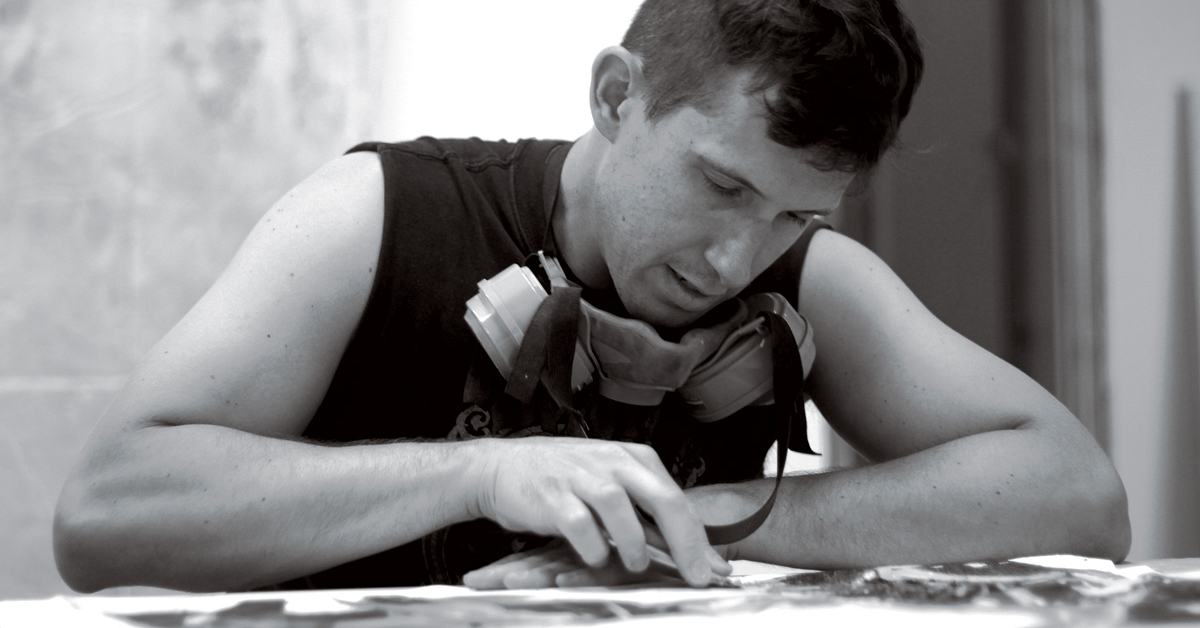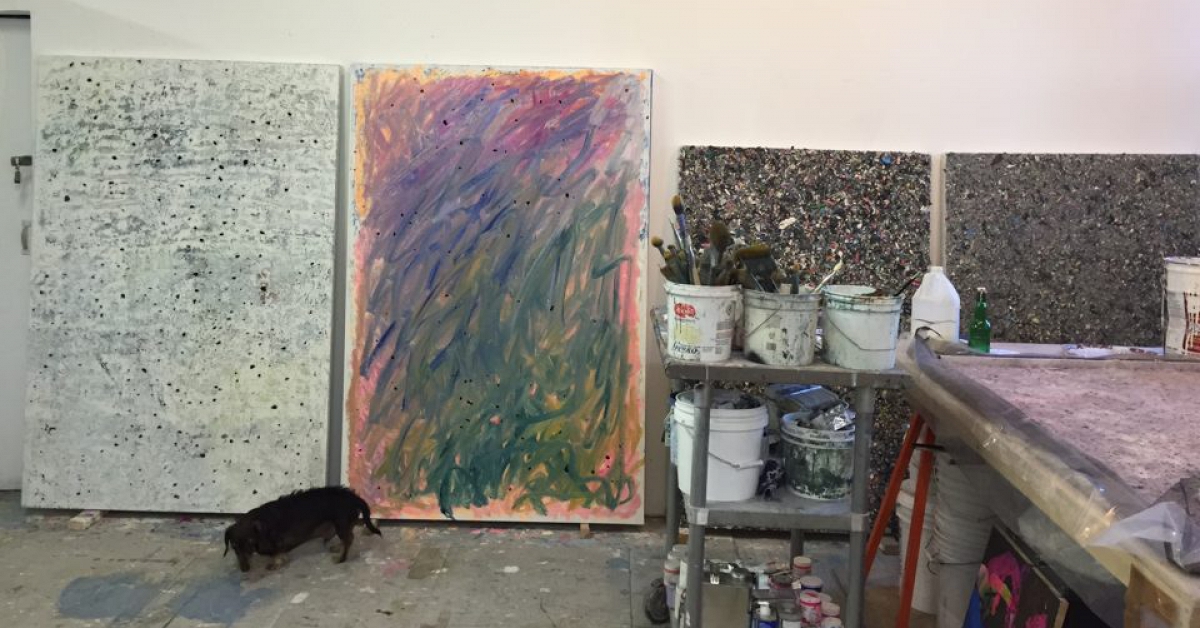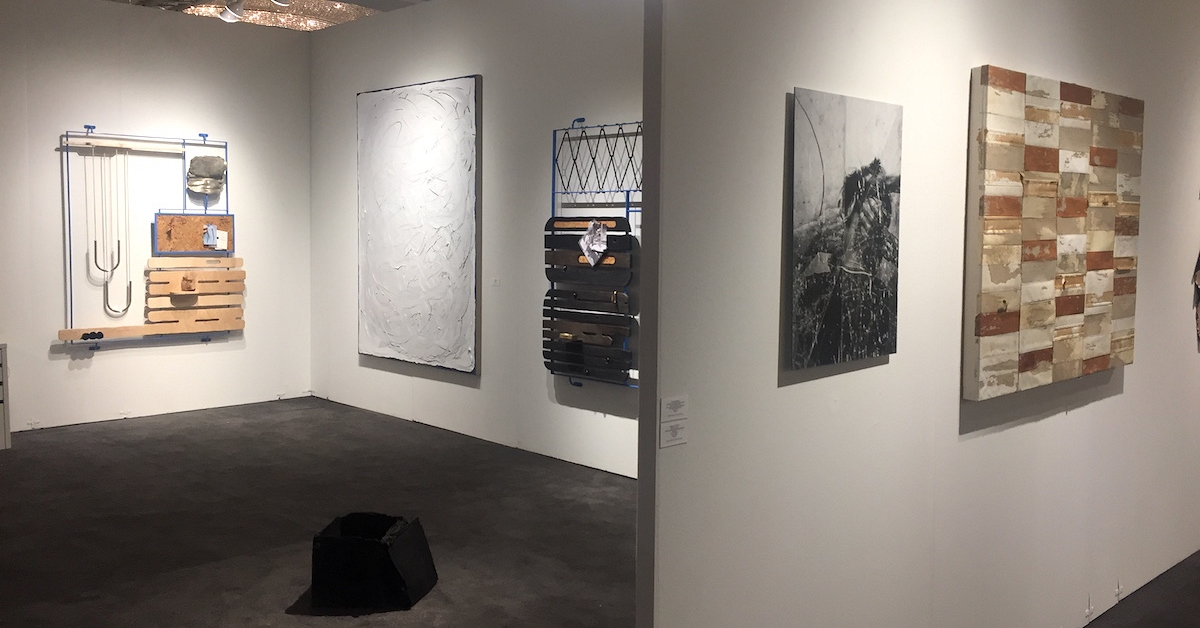In the Studio: Nick Van Woert
The Glamourai / Mar 27, 2014 / by Kelly Framel / Go to Original
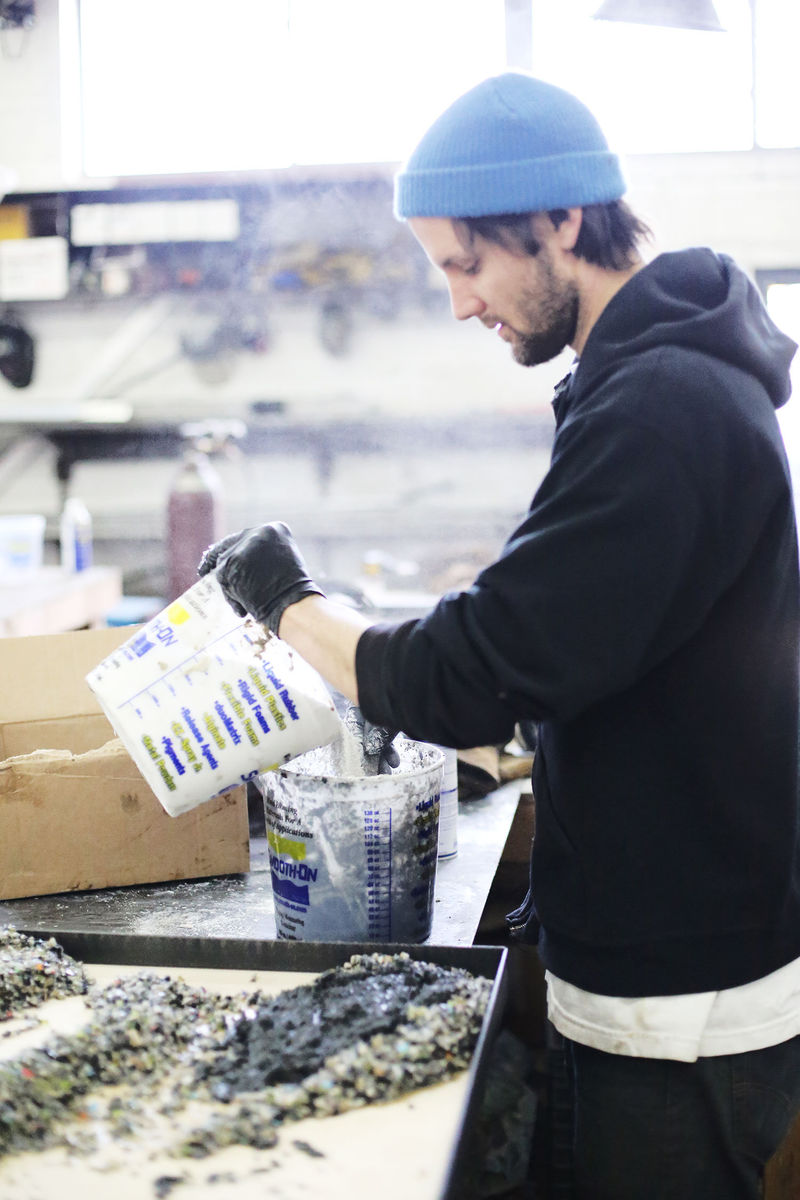
Nick van Woert’s artwork is all about informed anarchy. To visit the former architecture student’s Brooklyn studio is to enter into a massive playscape for destruction, a place dreamt up by little boys who love to blow stuff up. Van Woert’s message is anything but juvenile, however. To put it simply, he believes we are what we eat.
Nick van Woert is interested in the materials we use to manufacture all that faux fortune. The world we build for ourselves is only as good as the materials used to build it, and modern society has found a way to substitute really bad ones (plastics, chemical compounds, plaster) for pretty much all the good ones. Architecture has moved from stone to styrofoam, and it’s a disease that has spread to every fiber of our daily lives ~ from how our clothing is made to how we consume a cup of coffee.
On a planet made of stone, van Woert wonders why we keep making fake rocks. Much of his work uses mass manufactured, artificial neoclassical statues ~ aka ‘the world’s worst sculptures’ ~ as canvasses. He hollows out their insides with chemicals and gunshots, or baths them in waterfalls of colored resin. To him, these fiberglass gods represent the vacuity of our values, our willingness to keep the past alive visually but not materially. He has said, “Stone sculptures represented a very monolithic understanding of the human body, in spirit and material. You could go a thousand ways with that idea ~ one god, one way of living ~ it’s one material, solid, permanent. Now we make them hollow, with a chemical concoction that mimics that way of looking at the body, and it’s a superficial understanding… That’s just who we are now. We’re not interested in anything else.”
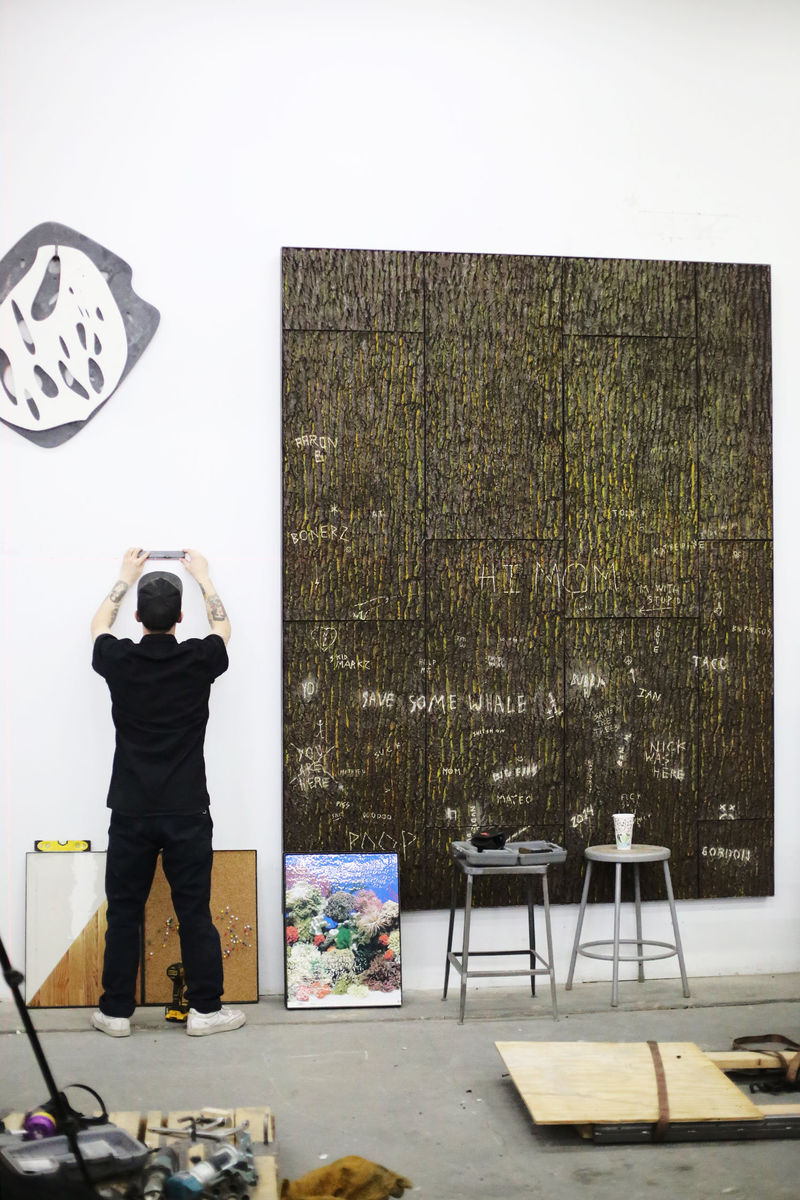
The most influential artists have always made works that reflect their times, and van Woert’s message ~ grim as it may be ~ comes not a minute too soon. He’s incredibly thoughtful about his work, in trying to understand “what this material shift is, and why it’s happening.” It’s a question especially pertinent in the fashion world, where new products are churned out at a dizzying daily rate, while we rarely stop to ask how, where or why they were made. When we do participate in some sort conscientious consumption, it’s too often part of some marketing gimmick, some feel-good greenwashing that doesn’t truly do much to change the machinery of the system.
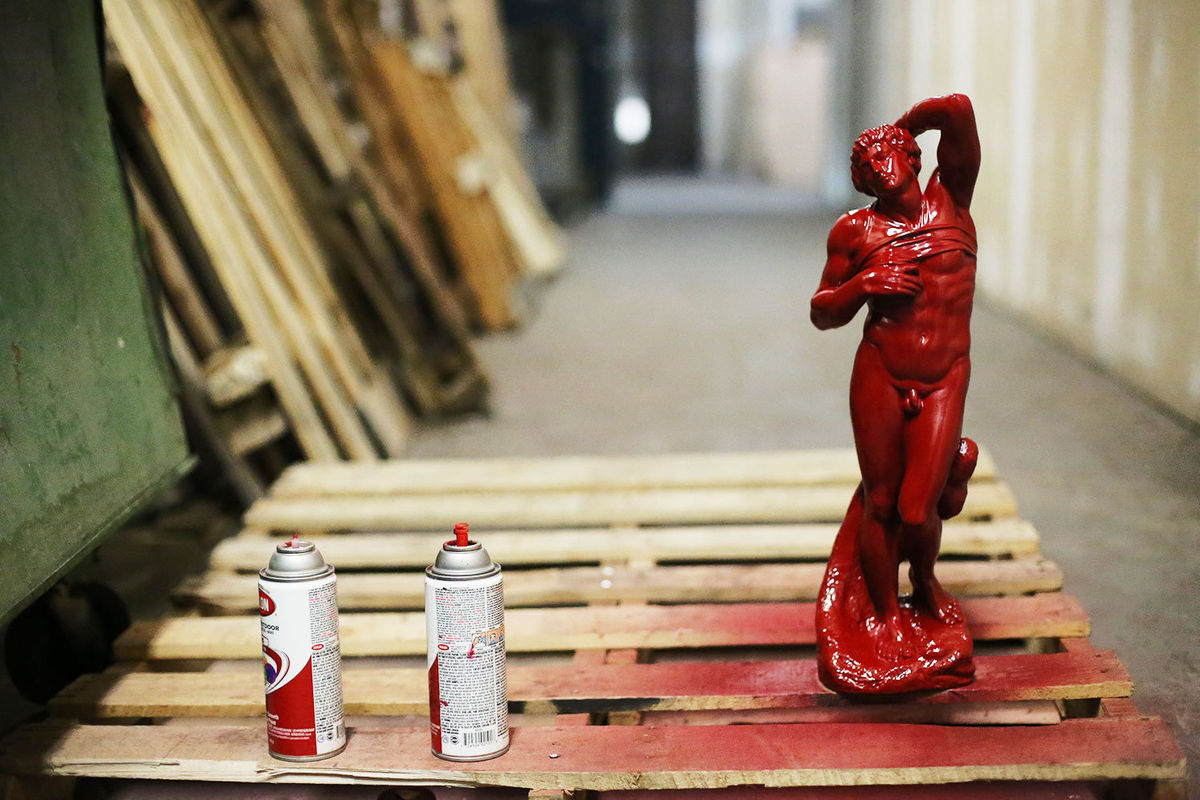

That humans may one day render the earth uninhabitable is a terrifying reality. Like Nick van Woert, I don’t know what the answer to this issue is, or when we will hit a collective breaking point ~ but like him, I’m looking around and within, asking hard questions, choosing more carefully ~ and I hope you will too.

